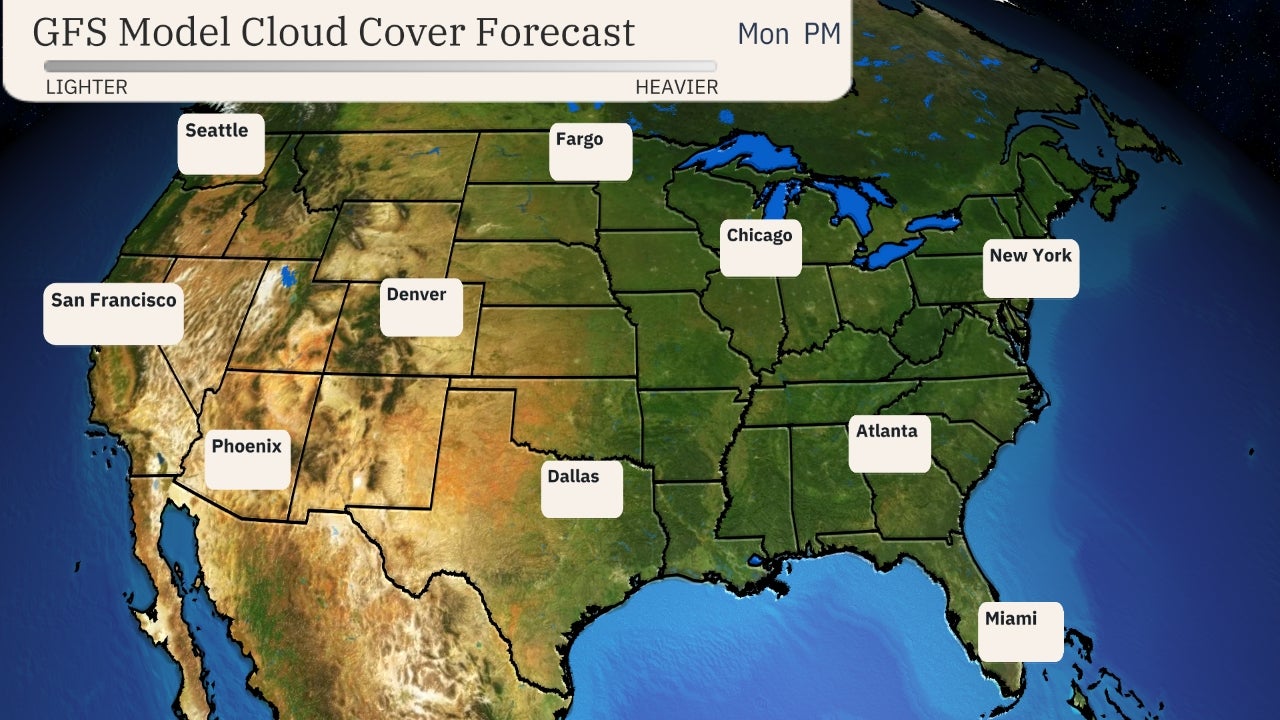Chris Dolce and Jonathan Erdman
Typhoons Maysak, then Haishen, may each target South Korea just days apart beginning Wednesday night, bringing destructive winds, dangerous storm surge and devastating flooding after each also strikes parts of Japan.
Maysak intensified to the equivalent of a Category 4 storm early Tuesday, local time, according to the U.S. Joint Typhoon Warning Center (JTWC), becoming the strongest typhoon of 2020, so far. The Japan Meteorological Agency (JMA) estimated Maysak's central pressure dipped as low as 935 millibars, roughly the same pressure as Hurricane Laura at landfall along the southwest Louisiana coast last week.
Taking the hardest hit from Maysak's eyewall, so far, was Kume Island, about 60 miles west of Okinawa Island Monday night. Winds gusted up to 122 mph, according to the JMA. They also picked up almost 9 inches of rain in 24 hours through late Tuesday afternoon.
Okinawa Island, including Kadena Air Base, generally measured gusts from 70 to 85 mph. A peak gust of 98 mph was measured in the city of Naha, according to the Japan Meteorological Agency.
Maysak is now headed through the East China Sea toward landfall in South Korea Wednesday night, local time. South Korea is 13 hours ahead of U.S. Eastern daylight time.
Maysak is then forecast to take an unusual curl northward into North Korea, then northeast China, instead of a more common northeast recurve into the Sea of Japan or Pacific Ocean.
 Current Information and Forecast Path
Current Information and Forecast PathThis would not only bring strong, potentially damaging winds to much of the Korean Peninsula, but also more unwanted, heavy rainfall. Parts of South Korea had a record-long-monsoon this summer, triggering disastrous flooding, according to the Korean Herald.
The additional rainfall this week is likely to cause more flooding and mudslides as far north as northeast China.
 Rainfall Forecast
Rainfall ForecastA dangerous, life-threatening storm surge is expected along the southern coast of South Korea, potentially including parts of the country's second largest city, Busan.
While Maysak will lose some intensity before landfall, it is expected to be an unusually strong typhoon strike for South Korea.
According to NOAA's database, only five other Category 2 or stronger typhoons have made landfall in South Korea since 1959, with Typhoon Sanba the last to do so in September 2012.
One of those, Typhoon Maemi in 2003, claimed 117 lives, destroyed 5,000 homes and damaged crops, according to Bob Henson in a Yale Climate Connections blog Monday.
Henson also pointed out a 1959 typhoon, Sarah, killed 669 and destroyed 14,000 homes.
Double Trouble: Haishen
If that wasn't enough, what is now Tropical Storm Haishen, according to the U.S. JTWC, is now forecast to become a formidably strong typhoon later this week, and move northwestward toward southwest Japan by Sunday.
Furthermore, current ensemble model forecasts suggest Haishen could then track near the Korean Peninsula early next week, just days after enduring a strike from Maysak.
It's too soon to tell if Haishen will end up tracking close enough to bring another round of destructive winds the Korean Peninsula, but it's increasingly likely to bring at least tropical storm-force winds.
And it could bring another round of flooding rain as far north as northeast China or southeast Russia.
 Current Information and Forecast Path
Current Information and Forecast PathThe reason that both of these systems are threatening the Korean Peninsula instead of recurving northeastward over the Pacific Ocean is a blocking ridge of high pressure just northeast of Japan.
This area of high pressure is expected to be in place this week and will block both Maysak and Haishen's eastward escape, diverting the instead toward parts of Japan and the Korean Peninsula.
 Pattern This Week
Pattern This WeekCheck back with us at weather.com for updates on this potentially dangerous situation.
The Weather Company’s primary journalistic mission is to report on breaking weather news, the environment and the importance of science to our lives. This story does not necessarily represent the position of our parent company, IBM.
The Weather Company’s primary journalistic mission is to report on breaking weather news, the environment and the importance of science to our lives. This story does not necessarily represent the position of our parent company, IBM.

No comments:
Post a Comment